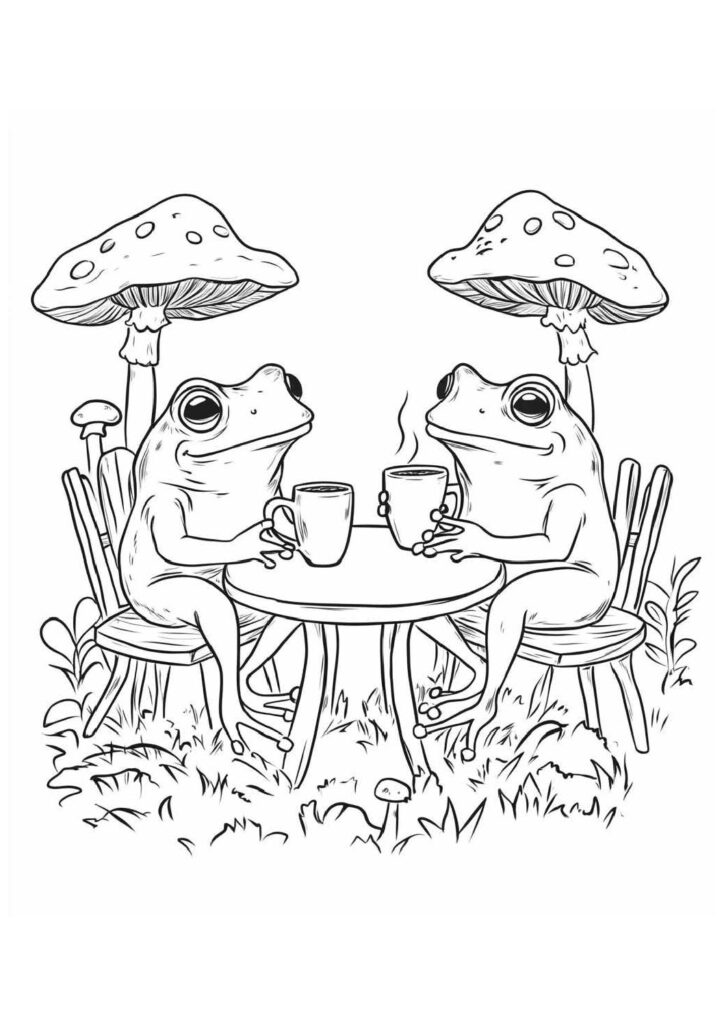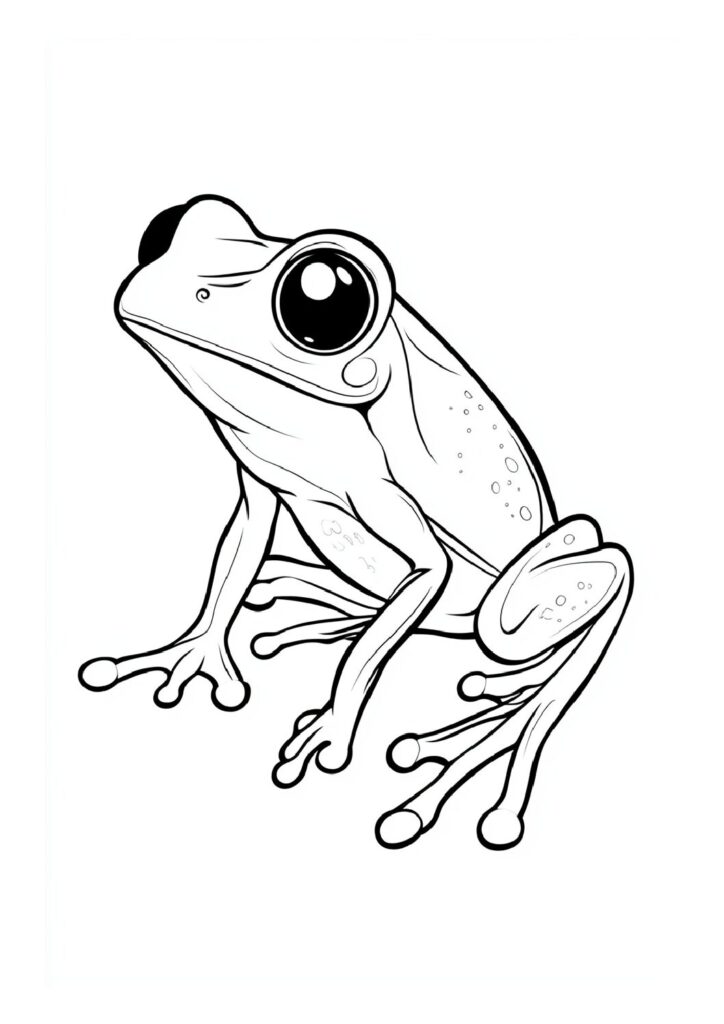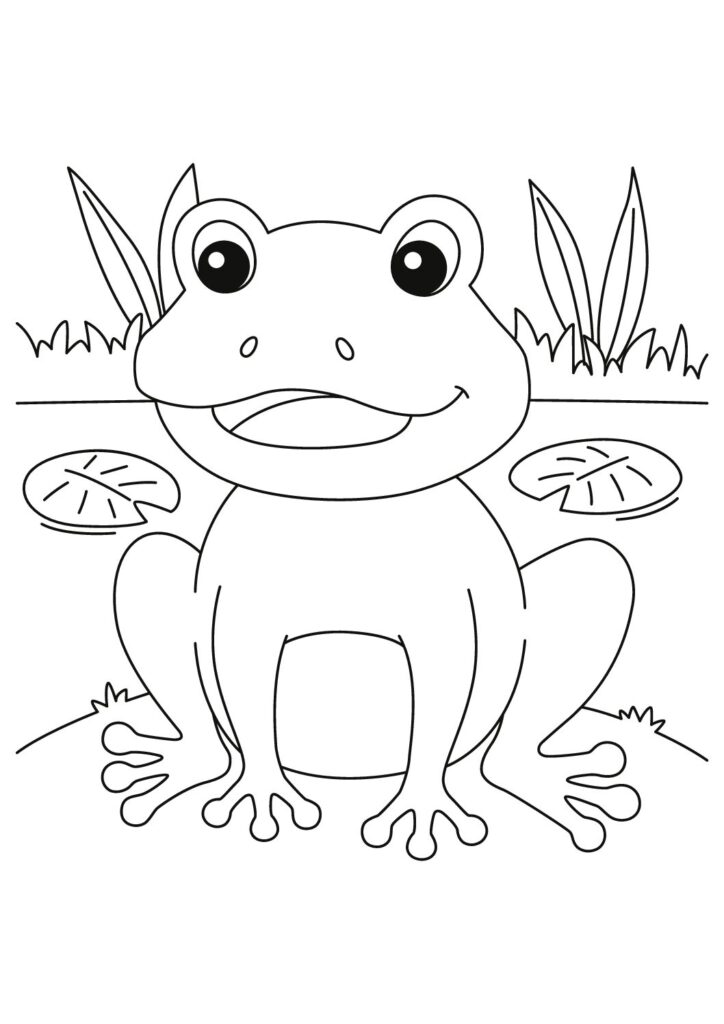3 Free Frog Coloring Pages for Download (Printable PDF)

Explore our free printable collection of frog coloring pages featuring vibrant tree frogs, exotic poison dart frogs, and charming bullfrogs! Download these high-quality sheets showcasing popular amphibians like red-eyed tree frogs, green frogs, and colorful rainforest species in their natural habitats. Perfect for kids and nature enthusiasts, these detailed animal coloring pages capture the fascinating world of these remarkable jumpers and their pond-side adventures. Each printable sheet brings these amazing amphibians to life, highlighting their unique features from bulging eyes to webbed feet!
Extraordinary Frog Facts: The Ultimate Guide to Nature's Jumping Wonders
Introduction
Frogs comprise over 7,400 known species representing the most diverse and widespread order of amphibians (Anura) found on every continent except Antarctica. These remarkable creatures have evolved incredible adaptations for virtually every environment, from rainforest canopies to desert burrows, while playing crucial ecological roles and providing significant scientific insights.
Remarkable Adaptations
The glass frog possesses translucent skin that reveals its internal organs, including a beating heart visible through its chest, providing unique camouflage on leaf undersides. Wood frogs produce natural antifreeze proteins that allow them to survive being frozen solid for weeks, with their hearts stopping completely before thawing and resuming normal function each spring.
Extraordinary Diversity
The goliath frog of Central Africa can grow larger than a dinner plate, reaching nearly 13 inches in length and weighing over 7 pounds, making it Earth’s largest frog species. In stark contrast, the Brazilian gold frog measures just 9.8 millimeters—smaller than a dime—yet produces calls loud enough to be heard by humans several meters away despite its minuscule size.
Communication and Behavior
Male túngara frogs produce complex mating calls that become increasingly elaborate when competing for females but simplify when predatory bats approach, demonstrating sophisticated risk assessment. Some poison dart frogs engage in elaborate courtship rituals including tactile communication and specific movement patterns before the female deposits eggs for the male to fertilize and guard.
Environmental Sentinels
Frogs absorb approximately 70% of their oxygen directly through their skin, making them exceptionally sensitive to water and air quality changes. This permeable skin has made frogs valuable early warning systems for environmental contamination, with worldwide population declines since the 1980s alerting scientists to concerning global environmental changes.
Conservation Challenges
Over one-third of frog species face extinction threats from habitat destruction, climate change, pollution, and emerging diseases like chytridiomycosis. The gastric-brooding frog, which incubated young in its stomach before regurgitating fully-formed froglets, became extinct in the 1980s before scientists could fully understand its unique reproductive method.
Ecological Importance
Tadpoles serve as crucial algae controllers in freshwater ecosystems, helping maintain water quality through their feeding activities. Adult frogs provide essential pest control services, with a single frog potentially consuming thousands of mosquitoes monthly, making these amphibians invaluable allies in controlling disease vectors and agricultural pests.




